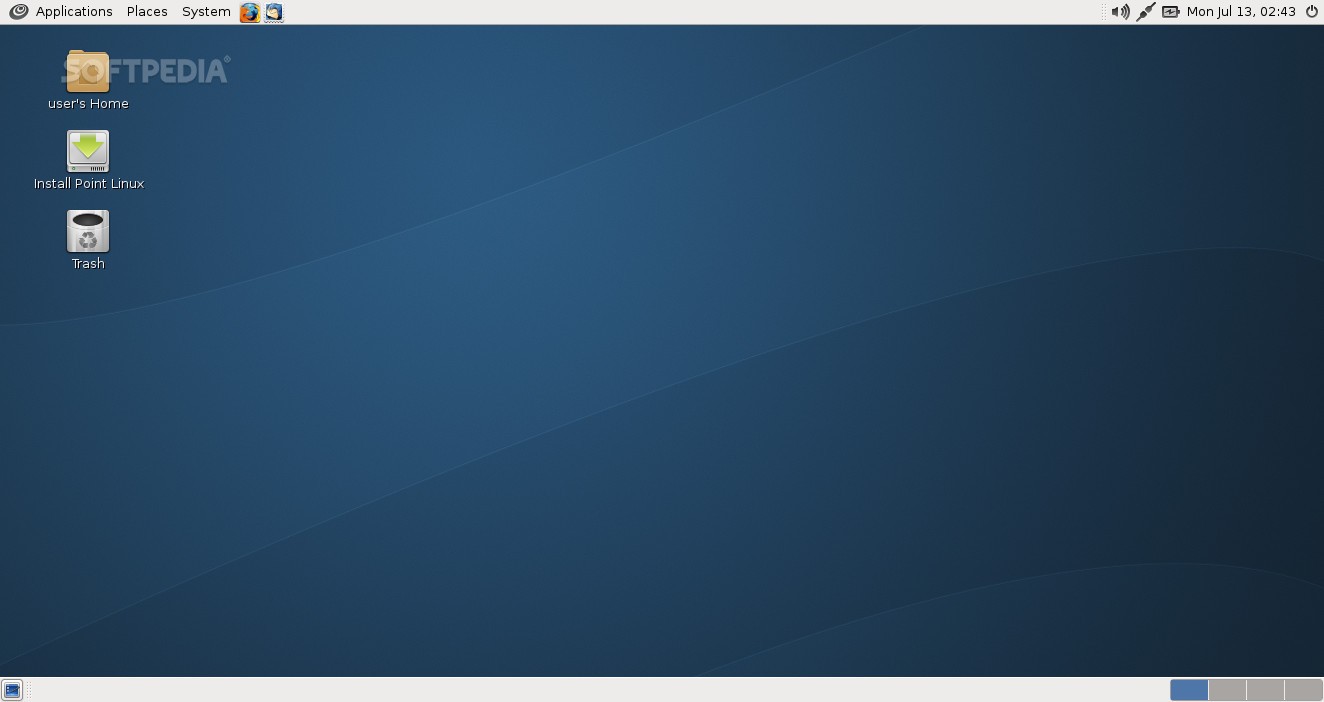

Reboot the system: sudo systemctl reboot Step 3: Select XFCE SessionĪfter rebooting the computer, choose a user to login as, then click the upper-right icon and choose Xfce Session as shown below: Run the following command to install Xfce Desktop Environment on Debian 11 Linux Desktop: sudo apt install task-xfce-desktop -yĭuring installation, you will be prompted to choose default display manager, here we go with lightdm and press TAP key to select ok as shown below: You are required to update the system packages before making any installation sudo apt update & sudo apt upgrade Step 2: Install XFCE Desktop Environment The steps below will guide on how to install Xfce Desktop Environment on Debian 11 (Bullseye). Install XFCE Desktop Environment on Debian 11 (Bullseye) Xfce is extremely customizable within its limitations.Thunar, Xfce’s default file manager, is straightforward, simple to use and customize, and simple to pick up.Like many other terminal emulators, the Xfce4 terminal emulator makes use of tabs to allow numerous terminals to be shown in a single window.Xfce is made up of a number of separate projects, and your distribution may not install all of them.When compared to competing desktops like KDE and GNOME, Xfce has a relatively minimal memory footprint and CPU consumption.The Xfce desktop environment is quite reliable.



 0 kommentar(er)
0 kommentar(er)
